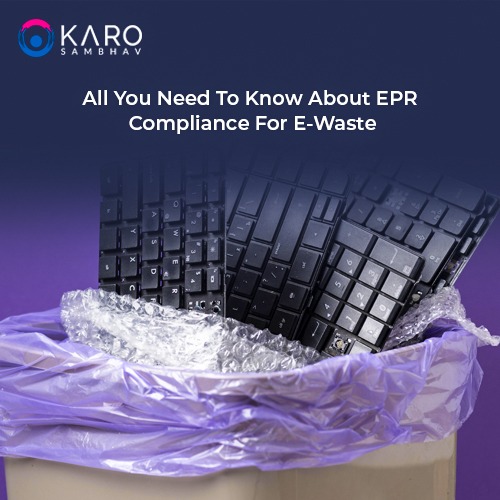E-Waste EPR: Building Circular Economy for Electronics
The adoption of e-waste EPR
offers numerous benefits. Firstly, it incentivizes manufacturers to produce
modular and effortlessly upgradable electronics, increasing their usable
lifespan. This process leads to the prevention of the rapid obsolescence of devices
and the reduction of the frequency of disposal. Secondly, e-waste authorization also prompts the
installation of efficient supply, recycling, and refurbishment strategies. This
not only safeguards against the improper disposal of hazardous materials
present in electronics but also promotes job creation and economic growth in
the recycling sector.
Moreover, EPR promotes the
development of circular economy for electronics. Manufacturers are encouraged
to recover necessary materials from discarded devices and reintegrate them into
the production cycle. This preserves resources like rare metals and lessens the
environmental impact of mining and manufacturing new elements—some of the most
regular e-waste management challenges.
The successful commissioning
of EPR e-waste hinges on cooperation among governments, manufacturers,
consumers, and recycling facilities. Here, governments play a critical role in
enacting and implementing strong laws that hold manufacturers responsible. Consumers
offer help by making informed purchasing decisions, like selecting products
with more durability and sustainable ingredients. When it comes to cooperation,
citizens are also expected to search for ‘waste collection center near
me’ and only dispose of e-waste in their designated
place.
In conclusion, EPR for e-waste
management presents a revolutionary chance to address the challenges posed by
the rising tide of electronic waste. EPR associates sustainability, resource
preservation, and reliable consumption principles by placing responsibility on
producers and promoting circular economy. Embracing EPR for e-waste is a
strategic step towards mitigating environmental harm, fostering innovation, and
building a more resilient and sustainable future for the electronics industry.



Comments
Post a Comment